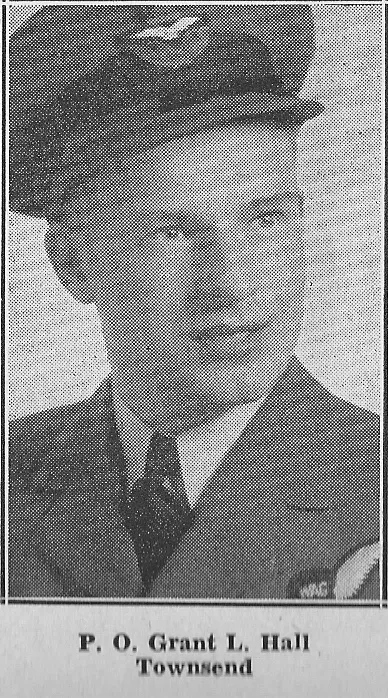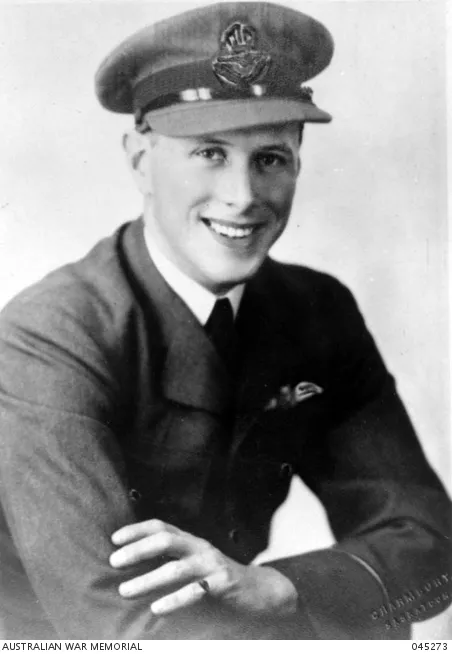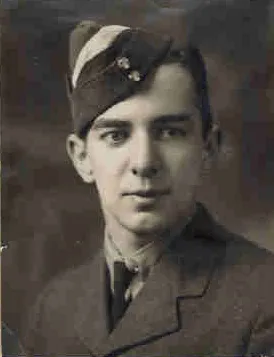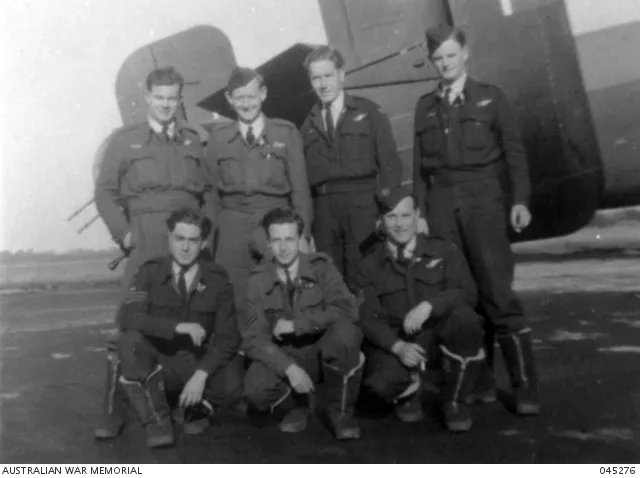
Manttan, Reginald Keith (Pilot Officer)
Killed in Flying Accident 1943-March-14


Birth Date: 1919-August-16
Born:
Parents: Son of Reginald Francis Ryan Manttan and Dorothy Marion Manttan, of Auchenflower, Queensland, Australia.
Spouse:
Home:
Enlistment:
Enlistment Date: unkown date
Service
RAAF
Unit
32 OTU- Operational Training Unit (RAF)
Base
Patricia Bay, British Columbia, Canada
Rank
Pilot Officer
Position
Service Numbers
414416

Crew or Other Personnel
Hampden P5433
Hampden serial: P5433
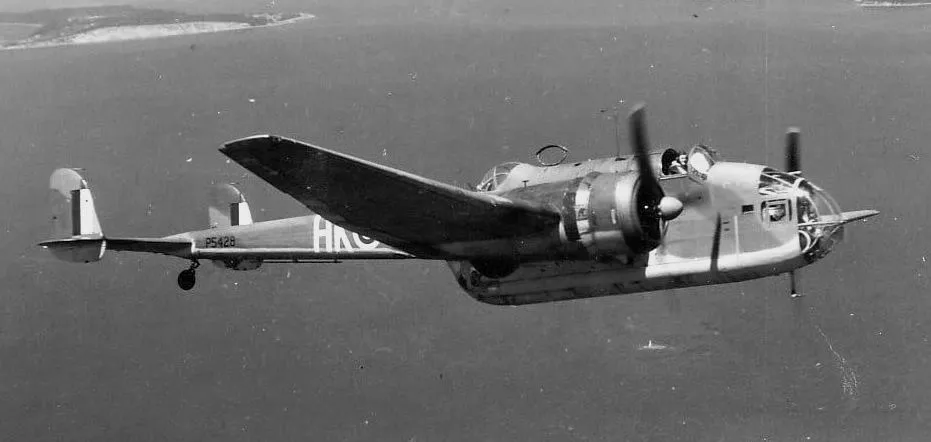
Handley Page Hampden (Serial No. P5428), of No. 32 Operational Training Unit at RCAF Patricia Bay, British Columbia, in the torpedo-bomber training role between May 1942 and February 1944.
Handley Page developed a modern stressed-skin mid-wing monoplane, powered by Bristol Pegasus radial air cooled engines, with its first flight in 1936. It had the most advanced wings available at the time, giving it a remarkably low landing speed of 73 mph for an aircraft of its size, with a top speed of 265 mph. The Hampden had a short, narrow but tall main fuselage with a very slender tail unit. This configuration led to the nicknames "Flying Panhandle" and "Flying Suitcase". At the end of the war, no complete or partial Hampden aircraft were retained for museum display.
The Hampden served in the early stages of the war, bearing the brunt of the early bombing war over Europe, taking part in the first night raid on Berlin and in the first 1000-bomber raid on Cologne. In Canada, Hampdens were built by six companies that formed Associated Aircraft. There were three in Ontario and three in Quebec, hence they were identified as the Ontario Group and Quebec Group. They supplied all the the components to the two assembly plants. The Ontario Group's assembly plant was at the Malton Airport, while the Quebec group's assembly plant was at the St. Hubert Airport. Canadian Museum of Flight and Harold A Skaarup web page
Aircraft Images
Hampden P5433
Hampden Mk. I P5433
With No. 32 OTU at RCAF Station Patricia Bay, BC. The a/c had a Cat "B" accident when it ground looped and collapsed starboard main gear on landing at Patricia Bay on 17 October 1942. Crashed vertically into Saanich Inlet on 14 March 1943, and exploded. The four-man crew, consisting of Pilot Officer (RAAF) A.T. Hunt, Pilot Officer (RAAF) R.K. Manitan, Pilot Officer G.L. Hall and Flight Sergeant H.S. Piercy, all perished.1942-06-08 Taken on Strength 2019-08-20
1942-October-17 Accident: 32 Operational Training Unit Loc: Patricia Bay Aerodrome Names: Roscorla
1943-March-14 Accident: 32 Operational Training Unit Loc: Saanich Inlet Vancouver Island Names: Hall | Hunt | Manttan | Piercy
1943-03-30 Struck off Strength 2019-08-20
Unit Desciption
32 OTU (32 Operational Training Unit)
The Operational Training Unit (OTU) was the last stop for aircrew trainees. They spent 8 to 14 weeks learning to fly operational aircraft (Hawker Hurricane or Fairey Swordfish, e.g.). The instructors had experience in actual operations, and often were posted to OTUs after their operational tour.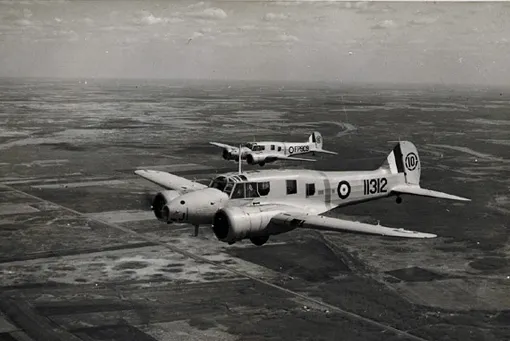
More information on the RCAF Station at Patricia Bay, British Columbia can be found at:
RCAF.info - Patricia Bay, British Columbia
